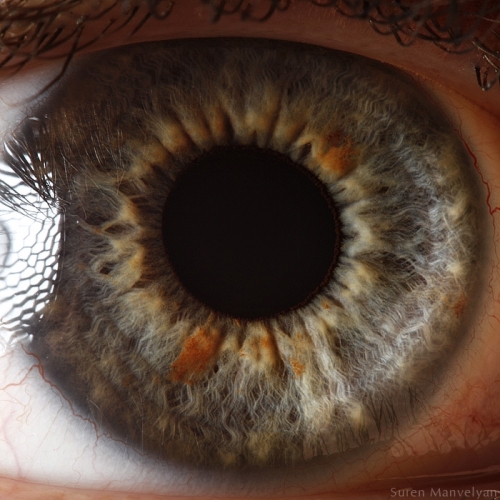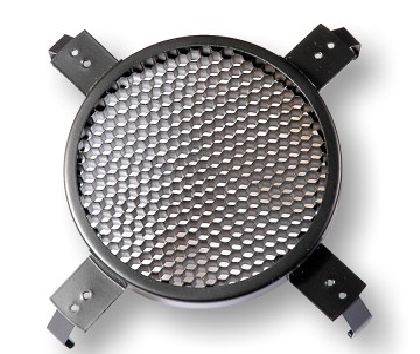I came across some really cool macro photos of eyes today. How did he manage to get these photos? I couldn't find any EXIF information anywhere, and I don't have enough experience with macro to figure out how he did it.
It's obvious that the light has a lot to do with the result. How and what kind have been used? And what kind of camera equipment?

 Canon 30D, 150mm, ISO 100, f/7.1, 1/250 sec
Canon 30D, 150mm, ISO 100, f/7.1, 1/250 sec


